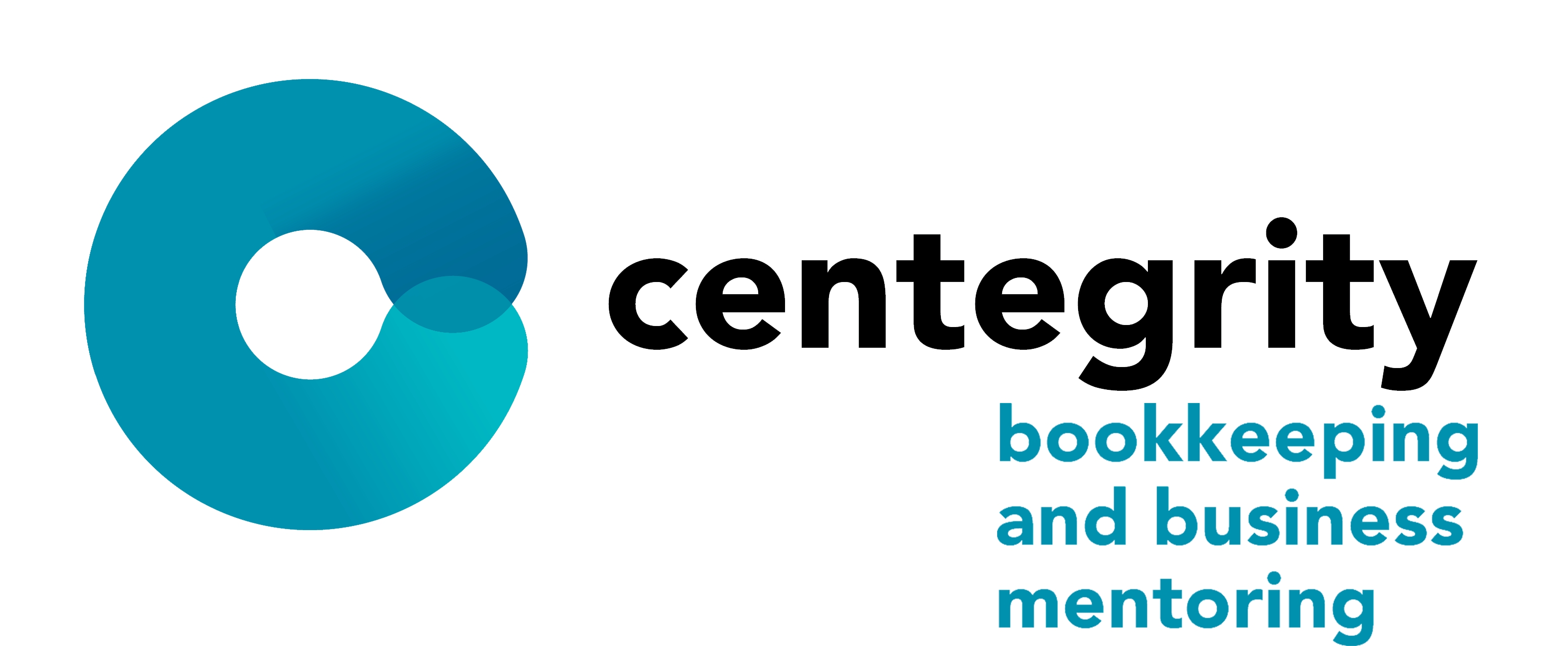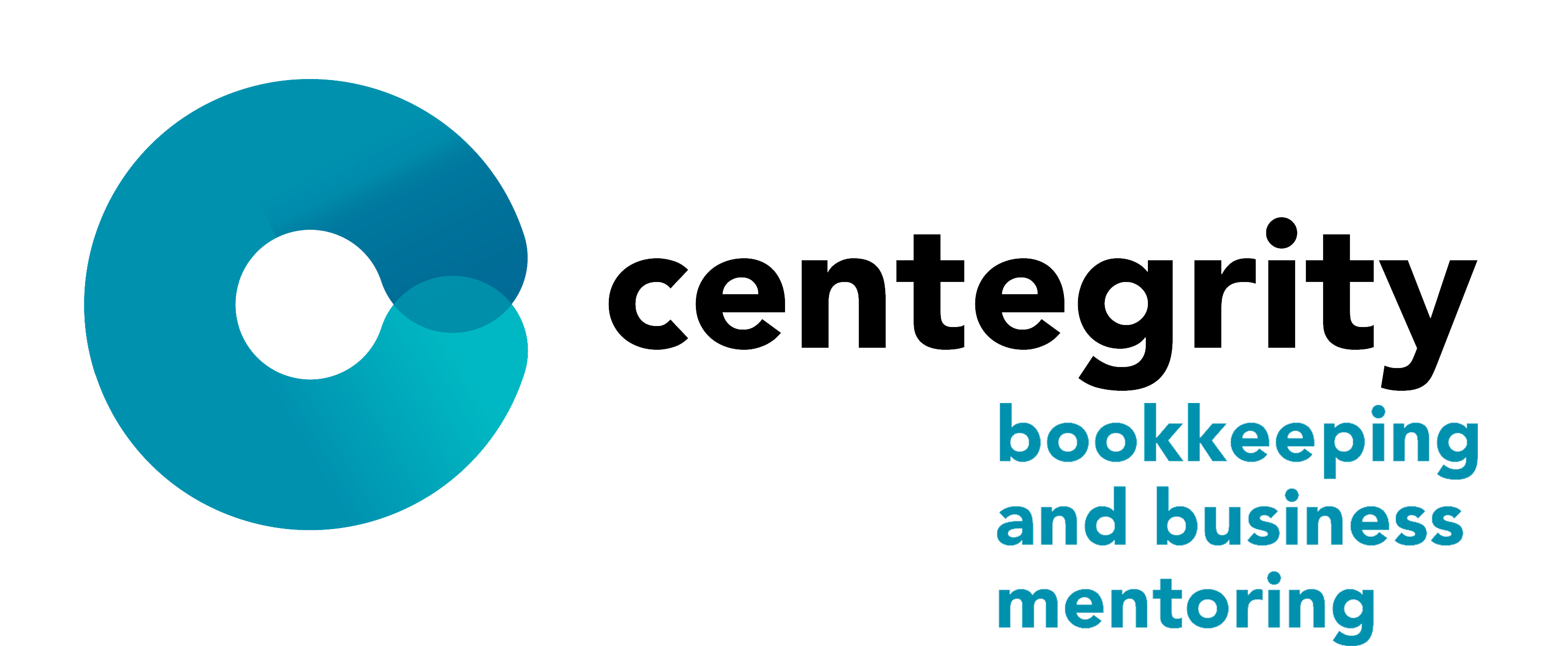Many small-business owners are still facing financial crises brought on by the coronavirus pandemic. 2020 brought us challenges that no business owner could have imagined.
We are still looking for ways to get back to pre-pandemic levels of success for those of us who managed to make it.
Huge revenue losses and additional expenses have spurred a lot of interest in small-business loans and funding, including business lines of credit.
In many situations, a business line of credit can be crucial to help a business take advantage of an opportunity or weather a crisis. Additional credit allows you to borrow only what you need, up to your credit limit, and only pay interest on your borrowed money.
For most small business owners, particularly those still recovering after the COVID-19 pandemic, a business line of credit, if used judiciously, can be one of the best tools available.
What is a Business Line of Credit?
Many small business owners wonder how a business line of credit works.
In some ways, a business line of credit is similar to a credit card. You can use it whenever needed, and as long as you don’t exceed the established credit limit, it can be beneficial.
Unlike with a credit card, with a line of credit, you can withdraw cash to cover whatever business expenses you need to pay for. These expenses might include employee salaries, tax installments, rent, stock, etc.
This difference makes a business line of credit more flexible than a business credit card.
Understanding The Different Types of Business Credit Lines
When it comes to small business credit lines, it’s important to note the differences between a revolving and a non-revolving line of credit.
With a revolving credit line, you can spend up to the credit limit. Even if you don’t use the credit for a few months, it won’t expire or close.
In comparison, a non-revolving credit is a lump-sum financial loan that’s received all at once. When you pay off your line of non-revolving credit, it closes.
There is also a difference between secured and unsecured business lines of credit. A secured line of credit can be procured if you guarantee it against a business or personal asset, while an unsecured credit line doesn’t require this.
Often, new small businesses struggle to qualify for secured lines of credit because they either don’t have enough business assets, so they will agree to guarantee it against personal assets such as a home.
The Pros of a Business Line of Credit
As a business owner, you’re going to have times when your cash flow is tight. If you have a line of business credit, it gives you more working capital to operate your business.
This extra cash flow allows you to afford payroll, maintain stock, and pay for other ongoing costs like rent and utility bills.
For many businesses, a line of credit is the ideal tool for balancing cash flow. For example, a retail store that makes the majority of its sales during the holiday season may be short on cash during other times of the year.
Additionally, when you use a business credit line, you only pay interest on the amount that you use.
Another positive aspect of a business line of credit is that it can help build your business credit history.
To get better loan terms (i.e., avoid higher interest rates), you need to prove to your lenders that you have a history of borrowing and paying back loans consistently. If you’d like to boost or maintain your credit score, using a business line of credit can be an excellent method to achieve this.
The Cons of a Business Line of Credit
As with anything that has to do with borrowing money, a business line of credit has its downsides.
While business lines of credits’ pay-as-you-go format may make it seem ideal, the reality is that fees can quickly add up.
These additional costs will vary from lender to lender and will depend on the other agreement terms. For this reason, you must read the fine print on extra fees or conditions that can create additional costs.
You must conduct your research and compare online lenders’ fees. Doing this will ensure you are caught paying more than you bargained for to use their money.
Also, consider that applying for a business line of credit means you need to supply financial statements detailing your business’s annual revenue and cash flow.
Often, you’ll need two years of business history to qualify for a line of credit. You’ll also likely be asked to provide the following financial information:
- Business and personal tax returns
- Bank account information
- Business planning documents
While some of this information is standard, you may be able to secure financing with a shorter application process and fewer requirements. You may be asked to undergo a yearly review to maintain your business’ credit line in some cases.
Finally, compared to other financing options, business lines of credit typically come in relatively low borrowing amounts.
If you need money to afford a significant business expansion project, new equipment, or another costly business expense, you might be better off seeking financing through another method.
Is A Business Line of Credit Right for Your Company?
As with any decision to take on debt, consider if a business line of credit is suitable for your company. There are many advantages, including growing your business or getting through challenging unexpected business crises.
Every business is unique, and you must decide what makes the most sense for your plans, your business model, and your experience as a small business owner.
If you need advice or help to look at whether a small business line of credit is right for your business, we can guide you in the right direction.
Centegrity is Melbourne Bookkeeper with over 14 years of experience assisting businesses with bookkeeping and business mentoring and is here to help with planning and strategy into 2021.
Don’t hesitate to contact us or fill in the form below.

